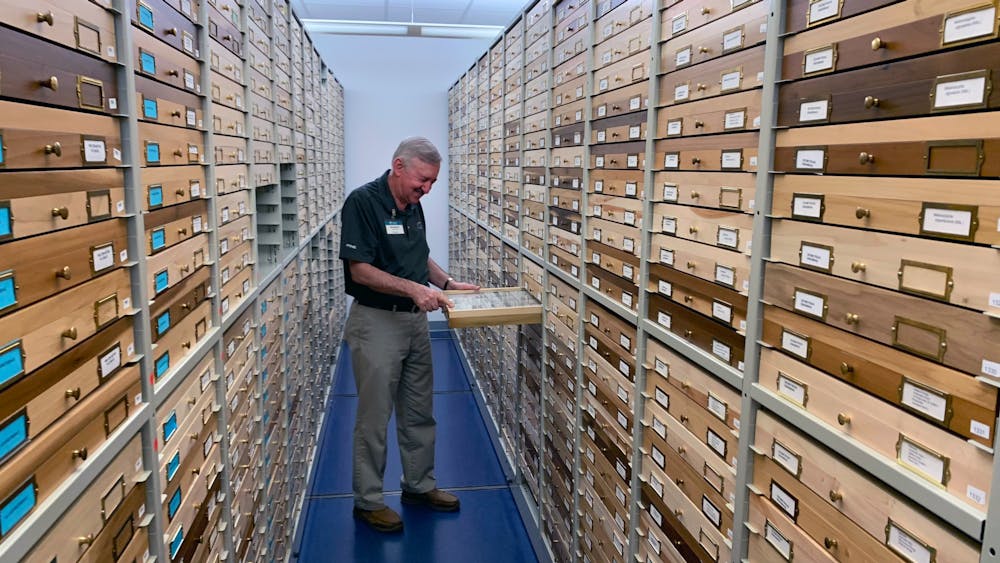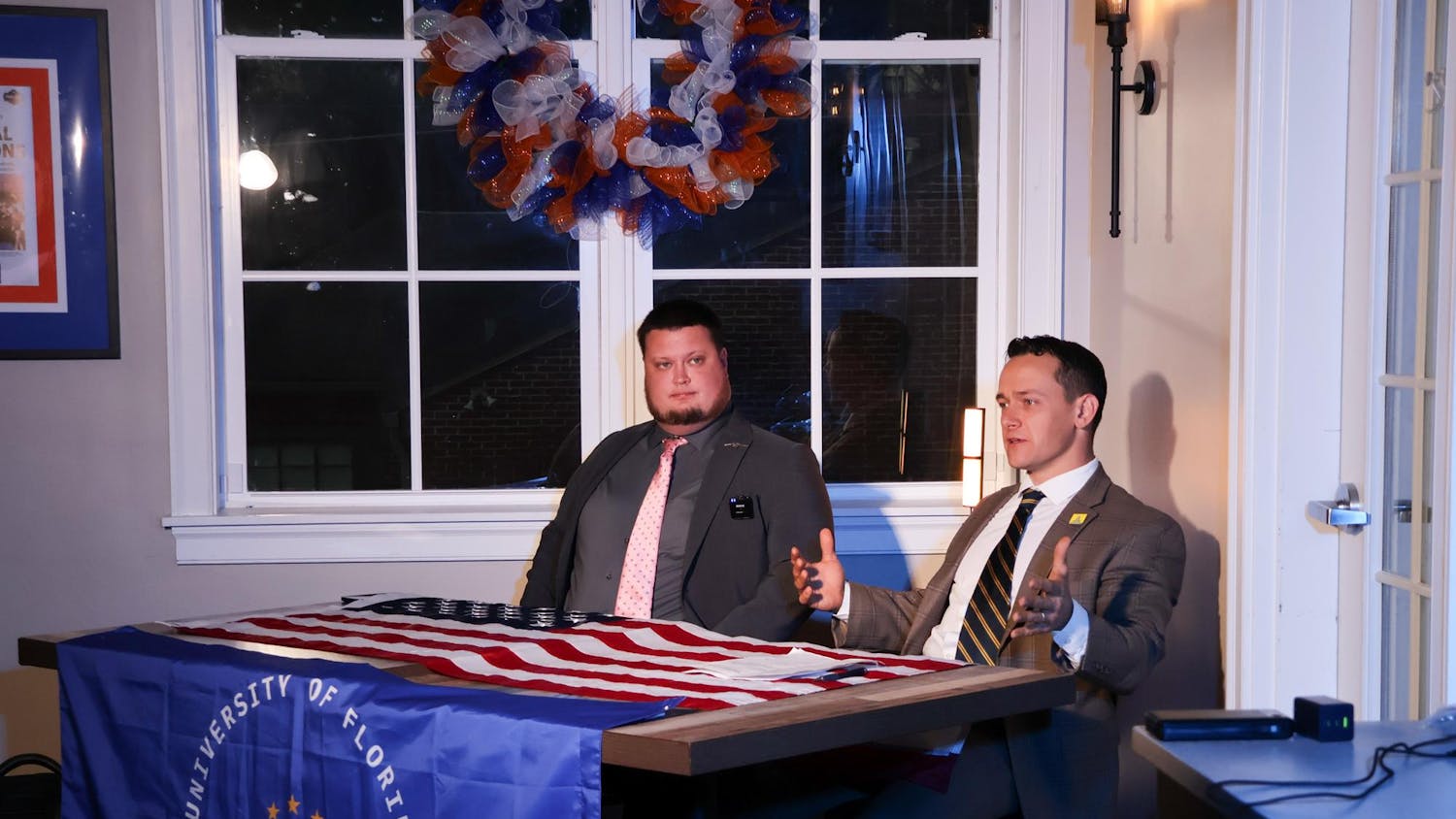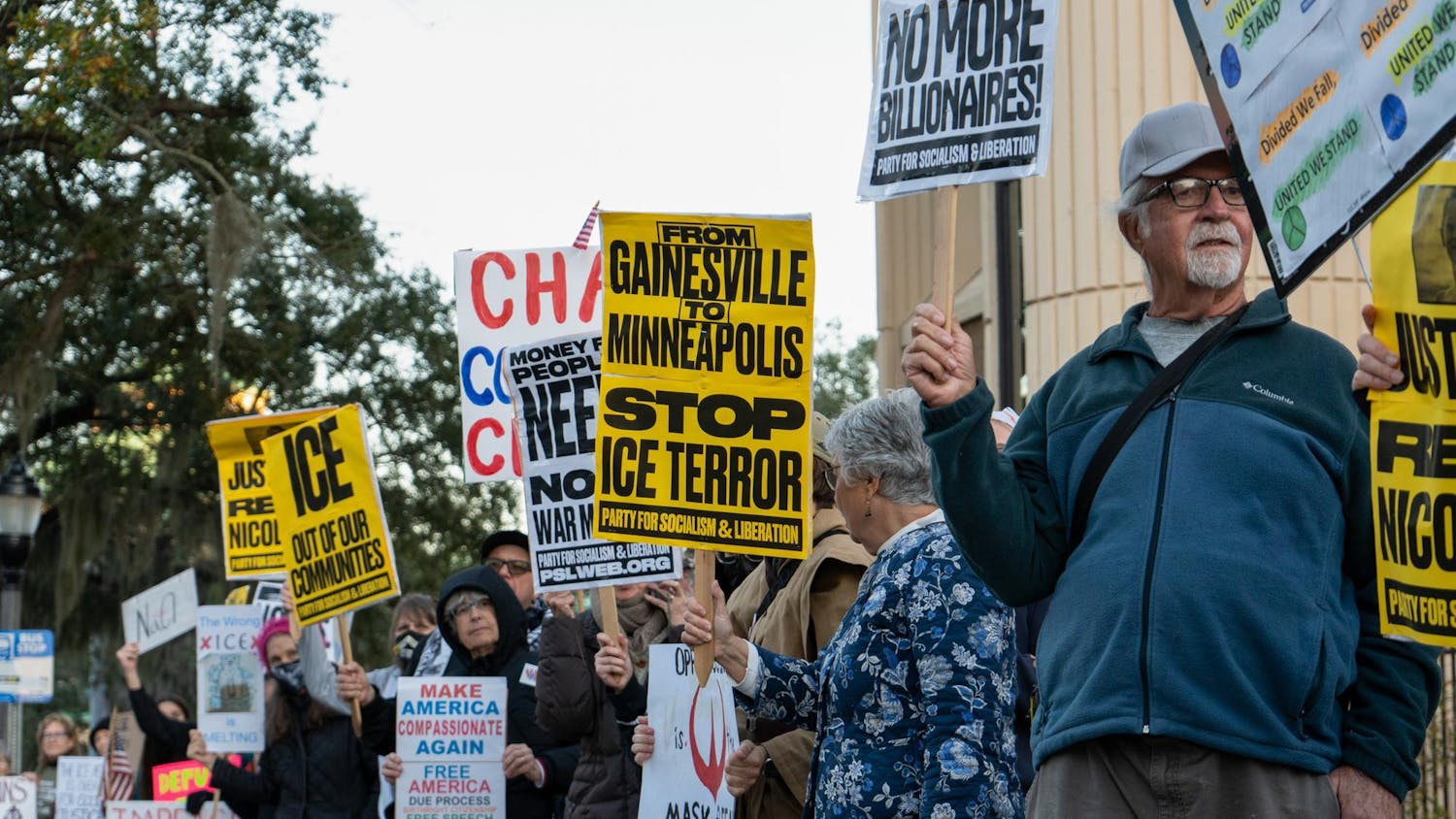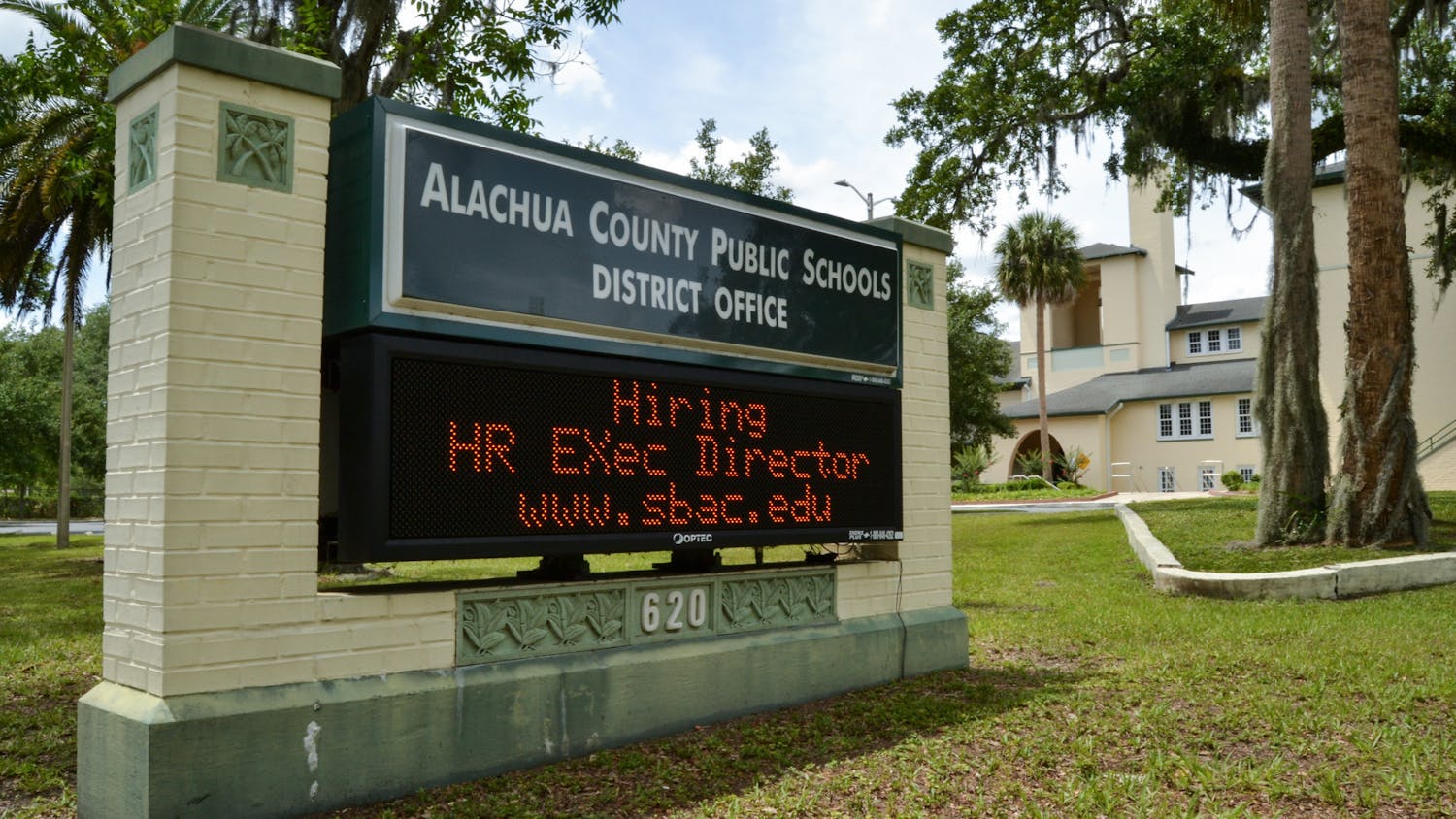A growing community of retirees, bus drivers and hobbyists have casually jumped aboard the quest for scientific discovery. It doesn’t require a PhD and oftentimes no experience — only some passion and maybe a smartphone.
Bob Belmont is one Gainesville resident who participates in community science. He’s a retiree and a volunteer at The McGuire Center for Lepidoptera and Biodiversity — a research and education center focusing on butterflies and moths. There, Belmont dedicates his time to the careful craft of collecting and curating moths.
Although Belmont is a professional entomologist with degrees from UC Davis and UF and doesn’t not consider himself a citizen scientist, some of his work could be considered community science if people simply wanted to help, he said.
“Citizen scientists can really help ecologists who need to gather huge datasets of information in their research to understand how plant and animal populations change over time,” Belmont said.
Community science is characterized by collective action among amateur scientists looking to improve land stewardship and sustainability. With the help of UF-coordinated programs and volunteers, this idea remains alive and well in Gainesville.
Community scientists aren’t participating in the scientific community for financial reasons. Instead, they do it because of its simplicity and the unadulterated pursuit of knowledge.
In many cases, the networks supporting community science are housed within websites such as iNaturalist, where users can upload wildlife pictures and document the species, location and date of the sighting. Other studies might use data sets provided by citizen scientists to monitor physical factors, such as soil nutrient density.
In Belmont’s case, he’s working on gathering moths and butterflies from the Split Rock Conservation Area, a 275-acre property owned by the City of Gainesville. Belmont began his collection in February and goes out every couple of nights, setting down traps to collect the specimen.
Because the Split Rock Conservation area is open to the public, people looking to get involved can visit and take photos if they want, Belmont said. Afterward, all people need to do is upload the picture to a website like iNaturalist and label it with the name of the location where they found the moth.
Belmont now has around 500 species of moths from the conservation, one of which might potentially be an undiscovered species, he said. The Center is always looking for volunteers to spread specimens, a process required to identify and categorize different species properly, Belmont said.
“Most scientists welcome citizen scientists with open arms and are willing to discuss their research projects,” Belmont said.
However, some people would prefer to contribute from the comfort of a laboratory chair instead of out in the field.
Roy Goff, a 63-year-old Manchester resident, spent much of his vacation this year at The McGuire Center taking photos of African moths for his website, africanmoths.com. Located in the Florida Natural History Museum, the center has an estimated 12 million specimens ranging from Peru to Kazakhstan, some of which have been donated by other citizen scientists.
Back in Manchester, Goff works as a bus driver. He received no formal education on entomology and is fully self-taught.
UF awarded him with a grant allocated for visitor scientists covering his accommodations and his flight from the United Kingdom, which gave him access to the largest butterfly and moth collection-based research center in the world.
Goff’s website features 4,500 species of moths, 1,000 of which haven’t not been named. Goff hopes that africanmoths.com will provide people across African nations with the digitized resources they might lack.
“Since I've started the website, the whole level of interest of moths within Africa has jumped tremendously,” Goff said.
There’s a lot more to community science than photographing moths and butterflies — it even has the potential to change local policy. One recent UF study found that residential fertilizer ordinances have a positive effect on water quality — thanks to volunteers from Florida Lakewatch, a water quality monitoring program.
Volunteers supplied the study with data — dating back to 1987 — from 160 lakes across the state.
Lakewatch members are trained to test local water quality. These tests are sent to the lab for analysis. About 1,200 Floridians volunteer with Florida Lakewatch, director Mark Hoyer said. More than 40 publications across the world have used the organization’s data.
Winter fertilizer bans decreased phosphorus and nitrogen— two chemical elements that can contribute to harmful algal blooms in natural waterways— in Florida waterways, said Samuel Smith, the principal investigator for the study.
Counties that implemented summer ordinances saw a decrease in phosphorus and no improvement in nitrogen. Increases in nutrient leaching can decrease the recreational value of natural areas like springs. More importantly, algal blooms can block sunlight, which limits plant photosynthesis.
If plants don't photosynthesize, they don’t produce oxygen, harming aquatic animal populations that need it to survive.
Summer bans are more common because there’s this idea that the rainy season will wash out the fertilizer and summer bans will prevent that, Smidt said. But, plants tend to be most active during summer, taking up more nutrients.
During winter, however, plants aren’t as active, and implementing winter bans prevents unused nutrients from flowing downstream, he added.
The study recommends that counties without a winter fertilizer ban should evaluate if switching over to one can accomplish their conservation goals, but the data does not conclusively state there would be an improvement, Smidt said. Limiting anthropogenic fertilizer applications is not the only preventative measure required to mitigate waterway pollution, according to the study.
“This was a full statewide effort of Florida residents and researchers, and it spans multiple decades, multiple generations of people,” Smidt said. “This is just a really cool collective effort of science meeting policy meeting environmental outcomes.”
Belmont pointed those interested in community science toward citizenscience.org. The website has a journal providing citizen science researchers and practitioners with information on how to conceive, implement and evaluate projects that facilitate public participation.
Because of the internet and the increasing availability of smartphones, science is becoming ever more accessible to people of all ages and backgrounds.
There are other ways to participate in community science if bugs make your skin crawl or if testing water quality isn’t your thing. Digital collections include Globe at Night, Project Budburst, Project Noah, Zoonisverse and the Great Backyard Bird Count — all community science projects with the goals of raising awareness, promoting conservation or both.
Contact Fernando at ffigueroa@alligator.org or follow him on Twitter @fernfigue.
Fern is a junior journalism and sustainability studies major. He previously reported for the University and Metro desks. Now, he covers the environmental beat on the Enterprise desk. When he's not reporting, you can find him dancing to house music at Barcade or taking photos on his Olympus.






